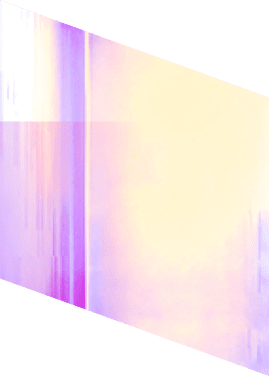Interview with Michel Reilhac, VR creator and programmer
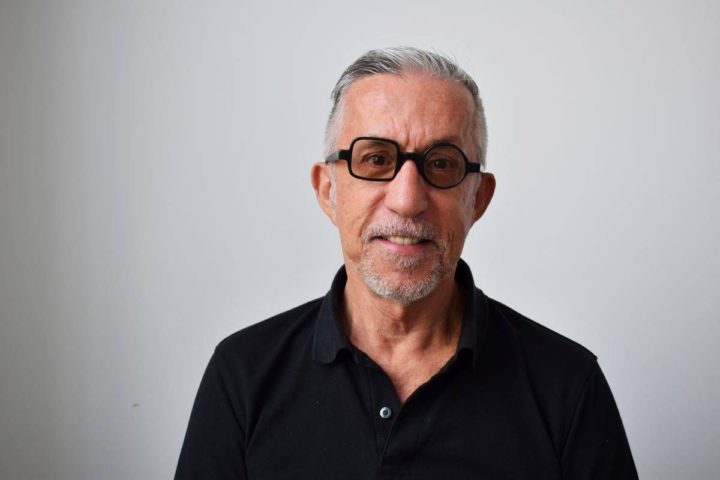
Post-lockdown, NewImages Festival keeps on shining a spotlight on its friends and partners. We strive to better understand and support all those who craft new images throughout this personal and professional journey, so we can live through this pivotal period together.
Michel Reilhac is the former director of the Forum des images (which he headed from 1992 to 2002) and of Arte Cinéma. When he left the latter, in 2012, he decided to devote himself to his passion: making VR films. He is currently Director of Studies at the Venice Biennale College Cinema and programmer of the Venice VR section [1]. A fan of hybrid forms and interactive products, he contributed to the 2016 launch of the Paris Virtual Film Festival, which eventually became NewImages Festival! So we were really looking forward to hearing his views on the new tools and forms of VR, and the challenges it faces.
“When we can choose the worlds we want to spend time in, and where we’ll be happy, what will become of our physical identities? How will we continue to look after ourselves?”
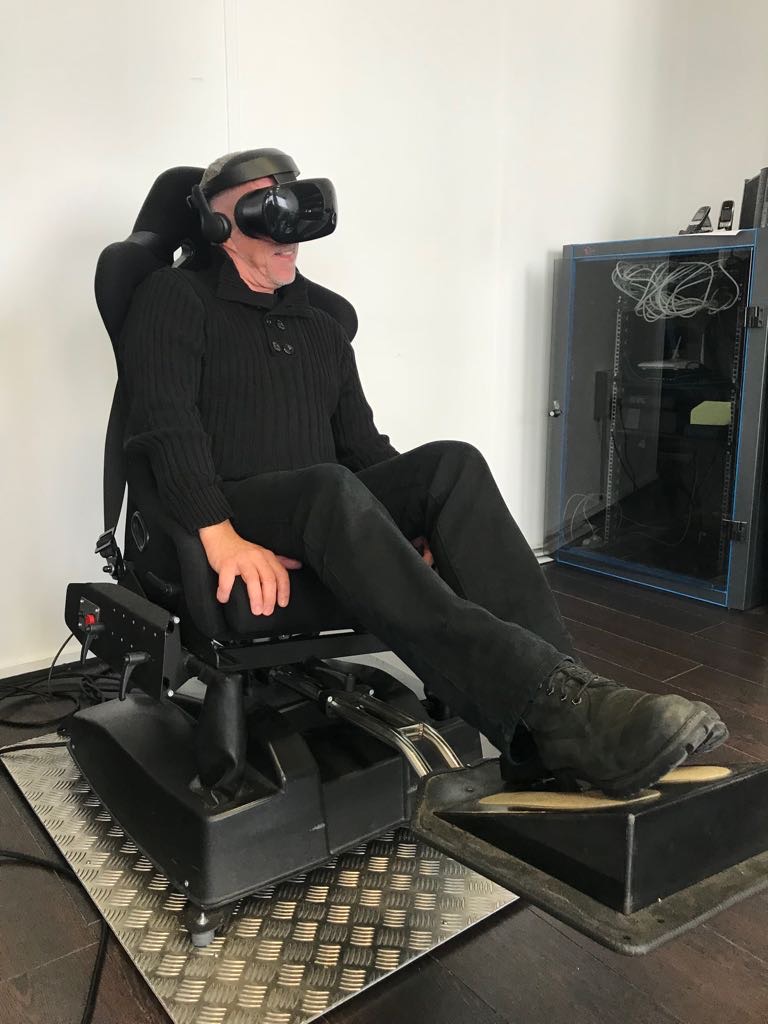
Where did you spend the lockdown?
I left France several years ago and I’ve been living in Amsterdam for over three years now. I feel as though I’ve experienced a double lockdown: here at home, physically, where it’s been fine – I’ve enjoyed the calm, having time to think and work on things more fully than before – and vicariously, as I kept up with the news from France. My three children are in Paris, so I also experienced it through them.
You’ve told us about the physical places where you lived during the lockdown. What about the virtual places?
I use VR for physical exercise. I do yoga every other day, and I’ve been doing a lot of Beat Saber [2] as well. It’s amazing exercise, both physically (you’re worn out when you finish) and mentally, because it takes an incredible amount of concentration! I’m forcing myself to get better at it.
I’ve been watching a lot of fun story content too, the kind of thing that started with the Vader Immortal [3] series: narratives you have to take part in, solving problems and taking up challenges to keep the story moving along. I love that.
In professional terms, the Venice VR Festival I’m currently working on will be mainly virtual. So I’ve been exploring a lot of VR social platforms, comparing, testing and trying them out to decide on the configuration we’ll give our own platform. I’ve been spending a lot of time on that, weighing up the pros and cons.
How has the lockdown influenced your personal projects?
Before the lockdown, I was spending 75% of my time travelling, and I was getting fed up of it. In a way, the lockdown happened at the right time. It forced me to work more introspectively, and ask myself: Why do I want to do this? Why do I do those things? The answers to such questions are very private and personal. They have the advantage of clarifying the reasons for our behavior.
On the creative side – the VR films I make and the interactive and immersive experiences I create –, it’s allowed me to clearly see what truly matters to me. I’m getting fed up of the PC, squeaky clean side of most of the current VR content. In the last few years, I’ve been struck by how PC that world has become. It’s as if there was a sort of charter, with content that always stays on safe ground. You always have to take the perspective of immigrants, the oppressed, etc. That’s very important, and I’m not saying we shouldn’t do it, but it’s gone too far. More and more VR creations are full of good intentions, but they have turned into a kind of moral instruction that I find tiresome.
This led me to some moral questions about how I can contribute as a creator to a positive evolution of the world we live in – how I can find solutions without resorting to moralization. I’d like to explore content that is more provocative and outrageous, and doesn’t always play safe.
Can you tell us about an experience that impacted you while you were testing the VR social platforms?
We were supposed to hold a VR workshop for the Biennale at the beginning of March, at the very moment when Italy went into general lockdown. We had no choice but to cancel, but I decided to hold the workshop anyway. In three days, we set up a private space with VRrOOm [4], on the VRChat [5] platform, where we were able to stick to our programme and hold all the scheduled workshops, meetings and discussions virtually.

The great thing was that we had fantasy avatars. We changed them nearly every day and had great fun transforming ourselves. I was a doughnut, a billiard ball with a mask, a pack of butter, a futuristic manga spaceship, I was a little country girl from a Japanese graphic novel! Despite all the fantasy, we had some very serious discussions about our projects.
On the penultimate evening, we had a great experience. We decided to have a party, and we soon realized we could choreograph a dance using emotes (like the emojis in VRChat, but with the added possibility of movement). We were all doing the same dance routine, with the same avatar in VRChat. There were about 15 of us, and it was brilliant!
The ability to change appearance was a lot of fun and really helped create a sense of presence, especially at the party. We had a sense of being together and sharing, it was quite different from what you feel on Zoom or Skype and it really made a strong impression on me. It was an inspirational experience that fully convinced me of the relevance of social platforms. It made me want to explore, discover and compare as many social platforms as possible.
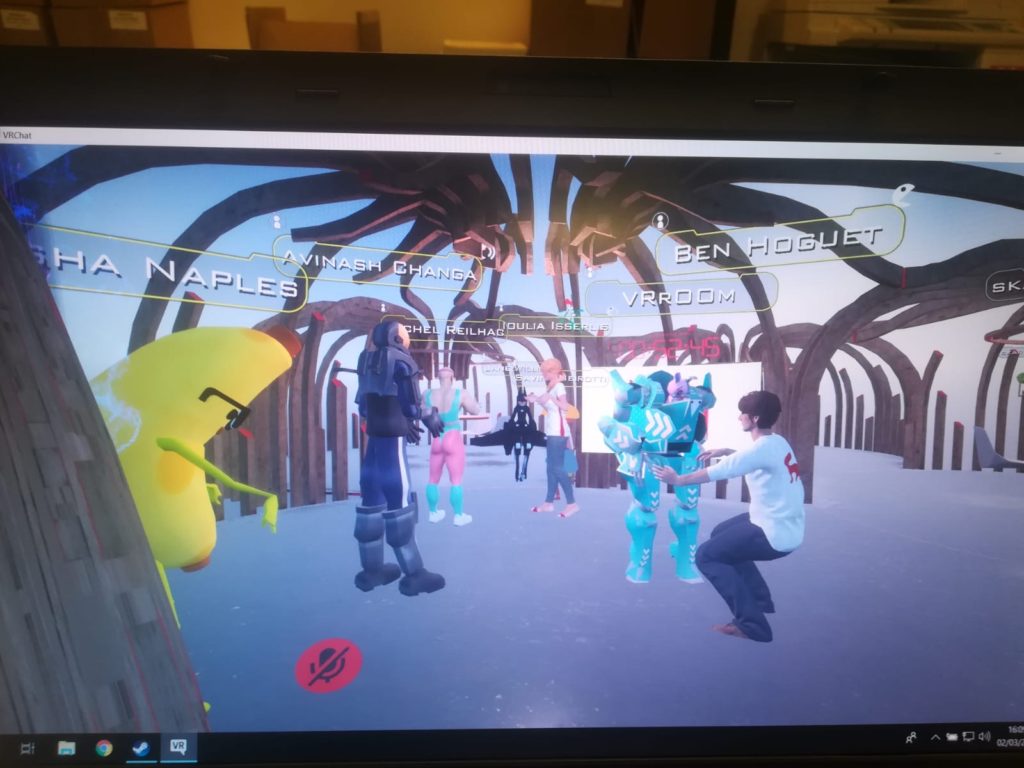
From an operational point of view, are these tools ready for organizing festivals, and for more creative purposes?
We now have the tools to set up work sessions, viewing sessions and online events, but we’re still in the early stages. Things are changing really fast. It’s a period of very rapid progress, with tools becoming obsolete in a month or two. That makes platform-design decision-making rather complex for festivals…
There are two areas that I find really interesting. The first is avatar design. Meetings and interpersonal interactions are as important as the possibility, for remote audiences, of watching 360 videos and 6DOF works. It’s essential for participants to have avatars that are as comfortable and realistic as possible. There are plenty of prototypes and plenty of things happening, but we’re still a long way from “digital twins” – true digital double of ourselves.
I’m also really interested in the creative side of these platforms – how we meet up, represented by avatars, with remote participants but also with people who might be in the same physical space as us, at the same time. These various kinds of presence have a huge creative potential, and it’s an area I’d really like to explore
In terms of creativity, what would you ideally like to have on these platforms?
It won’t happen straight away but I would love to be able to “maximize” the sensory VR experience and create the impression that it’s for real, adding a haptic dimension, with touch and physical sensation, to the visual and audio aspects.
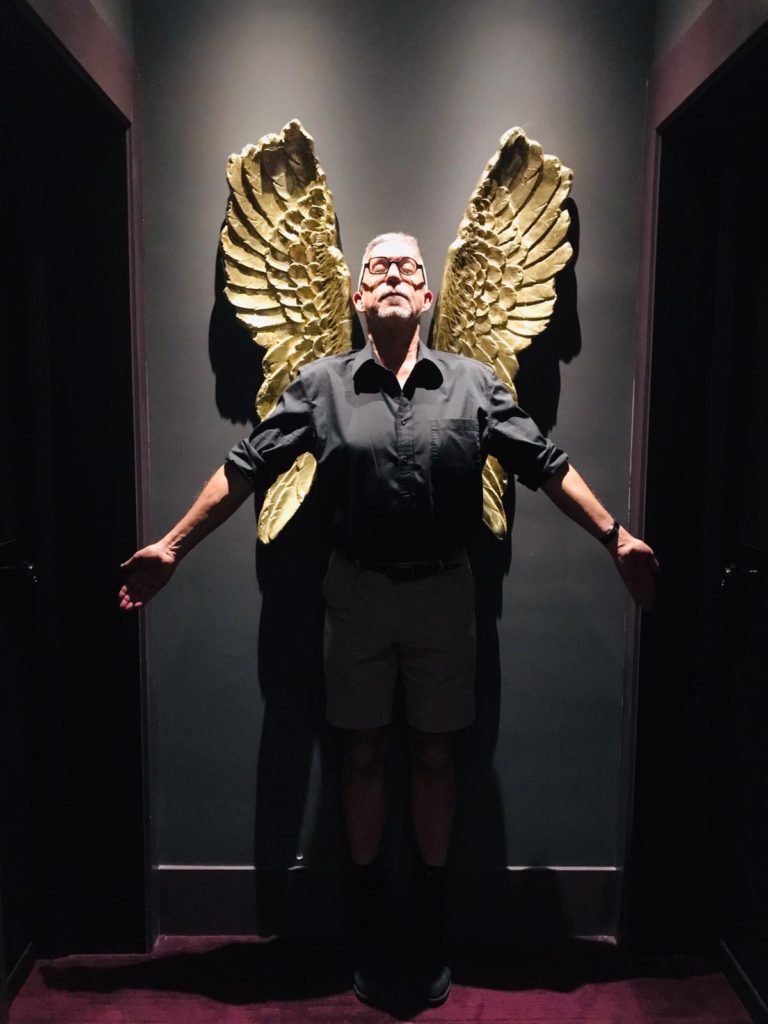
In sensory terms, VR isn’t a completely credible physical experience yet. Yet it allows you to do things that are absolutely impossible in the physical world: to fly, stay under water, change your physical appearance, move around and travel in purely imaginary environments… I dream of the day when we can have these amazing experiences with a far greater range of sensory experience – the most advanced possible sensory duplication of the real world, with the possibility of some extra-real experiences. I can’t wait to be ten years from now!
Because of the COVID-19 pandemic, our former everyday activities – going to work, meeting people, organizing festivals – have migrated to virtual platforms. These are revolutionary times for VR, changing from a dream-like, fantasy world into a museum, a carbon copy of past reality, are they not?
I don’t think it’s a revolution for VR – it’s just an option. VR can, and will, be used in a lot of very different situations. All those things will be possible: trying to create a parallel world where you can do completely imaginary things or, on the contrary, reproducing a world that’s as true as possible to past and present reality. If I’m really nostalgic about my childhood and I want to rebuild my childhood home or holiday place and recreate my cousins and friends, I can do it – it’s just one option among many others. I could just as easily build a place I see in a recurring dream that I really want to recreate.
If there is a revolution, it’s essentially centered on the concept of reality, which has become optional. It’s no longer regarded as something final. If I’m not happy in my current physical reality, I can spend a lot of time in virtual realities where I’ll feel far more alive. Reality will become a layer cake, and I’ll be able to browse it from the objective level of my physical reality. This physical reality has a definite weight, it’s where I exist and survive, where I have to eat, drink and sleep. But on a psychological, imaginary and emotional level, other realities will begin to weigh far more. I’ll find myself increasingly able to choose the reality in which I want to spend my time. During the course of the same day, I’ll be able to move into different realities involving an increasingly deep and complex level of experience.
Identity is also being called into question. When I can choose the realities in which I spend my time, I can also choose the identity I’ll have in those different worlds. If I want, I can have a single identity that I’ll take from one world to another, and a single avatar to represent me in all the virtual layers I live in; or I can have a different identity for each world. So I’ll be able to free myself of the fatalistic aspect of all my determining physical factors: gender, age, race… Once I can anticipate this data, I can be anyone at all, whoever I want to be. It’s very powerful, but very disturbing as well. How will we cope with these many-layered realities and identities? These questions aren’t limited to individual experience, they have a collective dimension. This will become a major psychological issue in the coming years.
Are the most physical aspects of current VR production, such as installations, likely to disappear?
That will be a practical, health-related issue for a while: how can we be 100% sure that we’re not infecting one another? Assuming that problem can be solved, there will be permanent VR venues with complex installations, sometimes with reactive performers, and machineries and devices that can reproduce sensations and physical movements.
There’s a very interesting parallel with the Forum des images. When I became director, in 1992, Internet didn’t exist. I told everyone, “We have to be the first with an Internet presence! Let’s open a place equipped with computers where people can access them.” So we opened the very first Internet café in Paris. It was a great success for two and a half, maybe three years, and then we closed it down. The café no longer served a purpose – people had their own computers and Internet subscriptions and they no longer needed a public place where they could write emails and browse the Net.
A lot of public VR arcades will suffer the same fate. People will have their own headsets and there won’t be the same need for public places – except for really spectacular venues for huge and complex installations and performing arts projects.
The global economy has been hard hit by the pandemic. In this context, what do you think is on the horizon for VR?
In the field that isn’t ours – business, global industrial and scientific creation – VR will skyrocket (it’s already the case) as a remote working tool. Companies are realizing that it’s profitable. It’s perfectly logical, legitimate and sensible to get equipped so that global teams work together. VR will continue to grow: the crisis has demonstrated its economic efficiency and timeliness.
On the social level – the social media in particular –, people are realizing that VR is a better tool than, say, Zoom. It brings us together in a closer, more present and intimate way. You can do more together in a VR world. People working in fashion held an impressive number of virtual shows during the Fashion Week! Speaking of which, the house of Saint Laurent announced it was breaking free from the official fashion week calendar. Systems are going to be dismantled to make way for more flexible and economical practices that are better suited to the rhythm of businesses.
In our creative, artistic field, this will take longer. For now, the economy of our sector depends essentially on public venues and very little on individual user platforms. There will definitely be a reduction in funding, as there’s no real market for our products yet. A distribution market for artistic products has yet to be created, with platforms whose content is curated – an area where festivals can play a vital role!
You’ve done a lot of work on the importance of design for presence in VR [6]. If you had to invent a story based on the current pandemic, what kind of presence would you imagine for the viewer?
It would be interesting to think about the type of presence you’d get if you told a story from the point of view of the virus – if we were the virus ourselves. If I was the virus, it would be fun to see how I’d personify it – What intentions would I attribute to it? Where would it come from? – and how I would imagine a context, an origin where it wasn’t necessarily a determining agent. It would obviously be totally different if the virus was deliberately created by humans, for whatever reason… In that case, it would be interesting to think about whether I would materialize.
To see the game through, it would be fun to write a story in which the viewer is the virus. It would be materialized and would interact with humans on a microscopic level, but also by combining with others to access perception on the human level. You could play with a real viewpoint, with humans unable to see the virus at first, and then gradually managing to discern it.
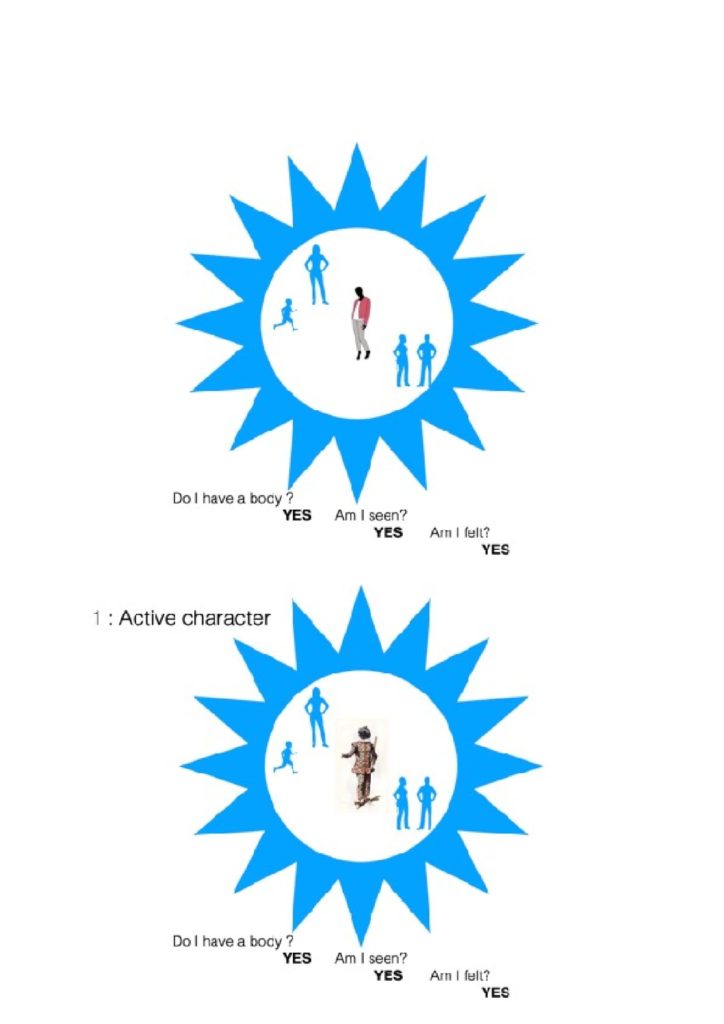
To see the game through, it would be fun to write a story in which the viewer is the virus. It would be materialized and would interact with humans on a microscopic level, but also by combining with others to access perception on the human level. You could play with a real viewpoint, with humans unable to see the virus at first, and then gradually managing to discern it.
What message do you have for the VR community?
All of us who are exploring VR as a new medium have a responsibility, exacerbated by the COVID-19 crisis, perhaps more than other artists. It’s up to us to invent not only a new language and new technologies, but a purpose. Unlike many other art forms that aim to represent the world, our field, as an art and a language, acts as a copy of the world, in a sense. This experience of the world will become increasingly complete and realistic, even in totally imaginary environments.
When we can choose the worlds we want to spend time in, and where we’ll be happy, what will become of our physical identities? How will we continue to look after ourselves?
We need to be aware of these incredibly fascinating issues – incredible in terms of creativity, but potentially disturbing as well. Our creative challenge is to consider this new way of experiencing the world as a coalition of all our possible identities, all our possible worlds to be used for harmony and enrichment, rather than as a means of escape.
NOTES & HYPERLINKS
[1] more information about Venice Biennale VR : Venice VR section available on line here
[2] VR game Beat Saber is available on line here
[3] VR show Vader Immortal is available on line here
[4] VRrOOm platform is available on line here
[5] VR Chat platform is available on line here
[6] Michel Reilhac: Designing Presence in Immersive Reality (2018) conference is available on line here.



